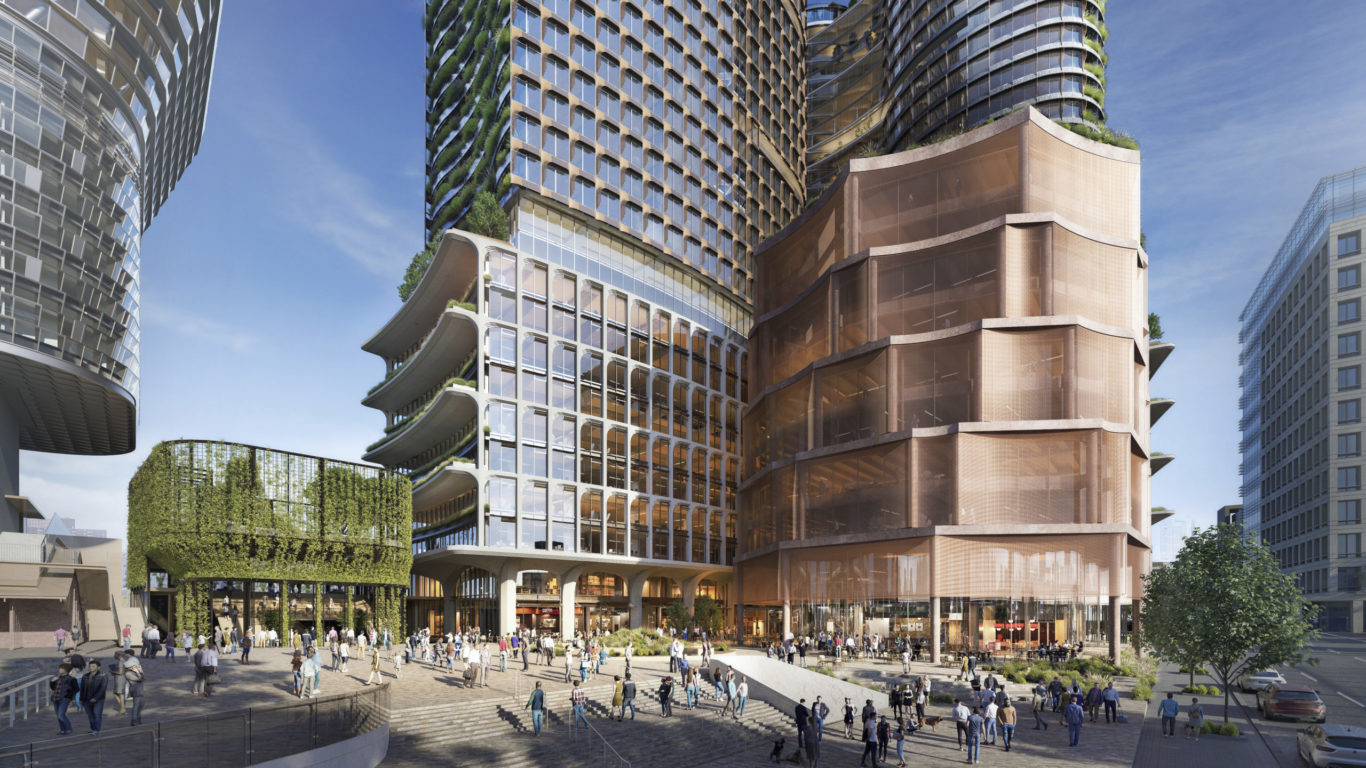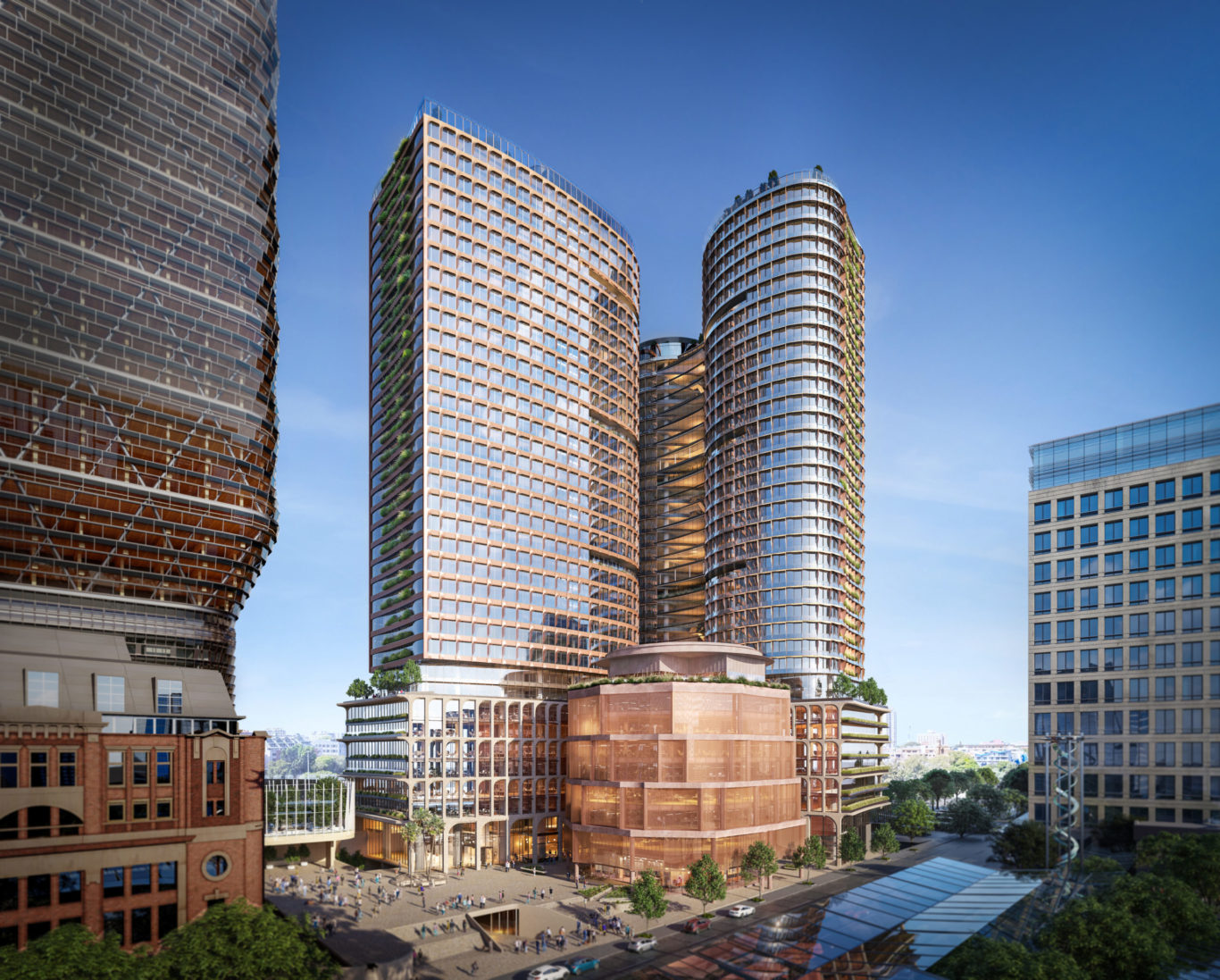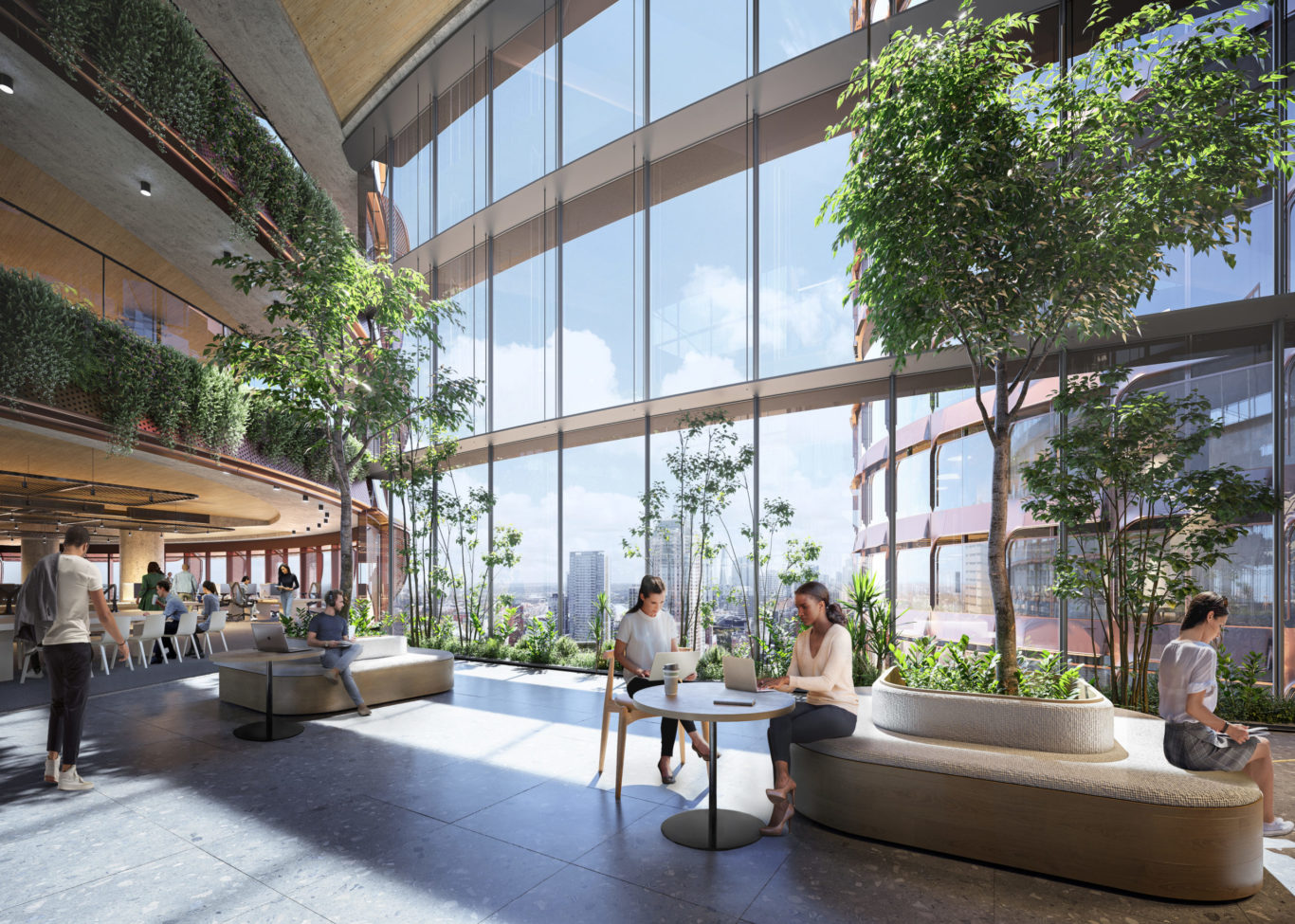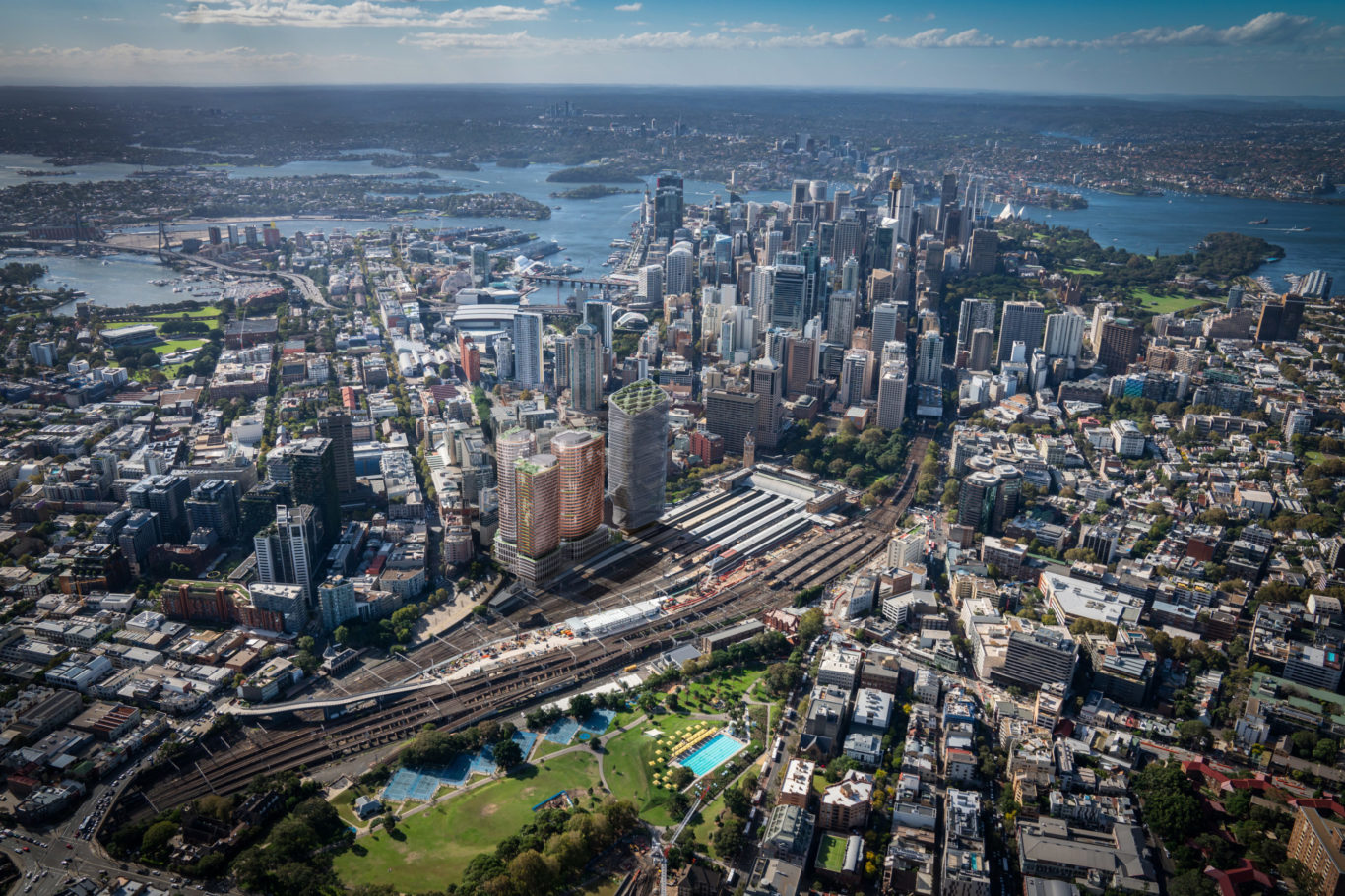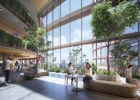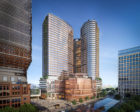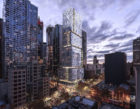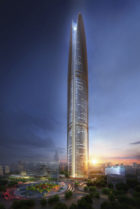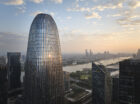As the most significant development in Sydney’s central business district in more than a decade, Central Place Sydney will be the centerpiece of Tech Central. A design collaboration between SOM and Fender Katsalidis, the project will transform the western edge of Central Station with new commercial buildings and public realm improvements to enhance this southern gateway to the CBD. This revitalized and reconnected precinct will complement the City of Sydney’s proposal to create a third new major civic square at this location.
The design for Central Place Sydney features two commercial towers, with 36 and 38 stories. Between the towers, a striking low-rise building will anchor the project and enliven the precinct at the street level. Revitalized public spaces will surround the buildings, enhancing connections between neighboring communities and the city’s most prominent commercial axis.
As the flagship of the new Tech Central precinct, the project will encompass approximately 150,000 square meters of office and retail space. It will be one of the most sustainable commercial developments in Australia and create a workplace environment that is closely tied to nature and amenity.

By mimicking nature and incorporating biophilic design elements like smart shading and extensive terraces, the tower designs for Central Place Sydney improve energy performance and enhance the wellbeing of those working within.
Read More

SOM and Fender Katsalidis’ architectural concept evolved from the overall urban planning strategy: two towers are expressed as three individual forms in order to reduce their visual density. Their distinct shapes read as a family, while each tower retains its own identity in terms of height, scale, articulation, and materiality. The building podiums are clearly distinguished from the towers above, each with a height, massing, and material palette that compliments adjacent heritage buildings. Spaces between the buildings are designed to allow pedestrians to flow efficiently through and within the district.
Inside the buildings, each floor is conceived as a unique “neighborhood” connected by shared amenity spaces. Terraces, naturally ventilated winter gardens, and atria allow tenants to enjoy an outdoor-indoor environment. The floorplates will be naturally ventilated via operable windows and an automated facade system.
The workspaces have been designed to be highly flexible, with the possibility to be combined and expanded both within and between floors. These adaptable spaces can accommodate growing technology and innovation companies as their needs evolve.
The strategy for “breathable” buildings extends to a holistic consideration of how architecture relates to its environment. The buildings are shaped to mitigate wind forces and admit natural light.
